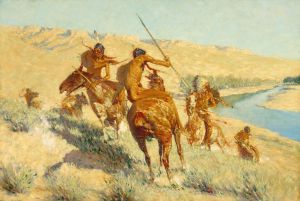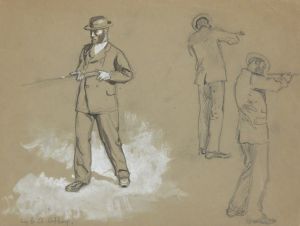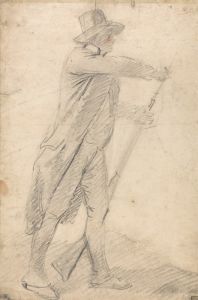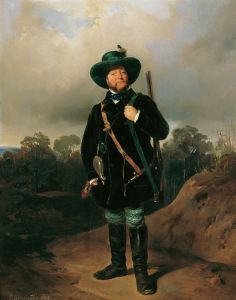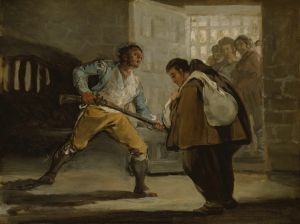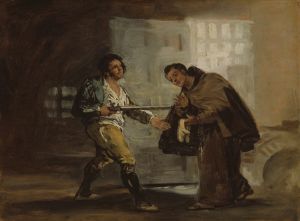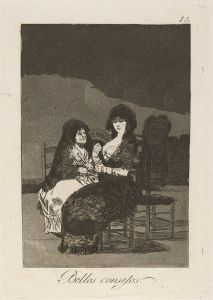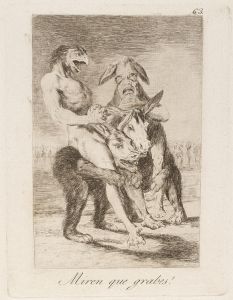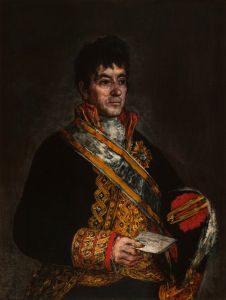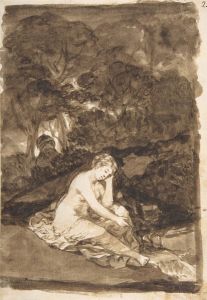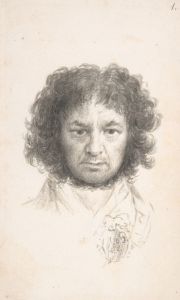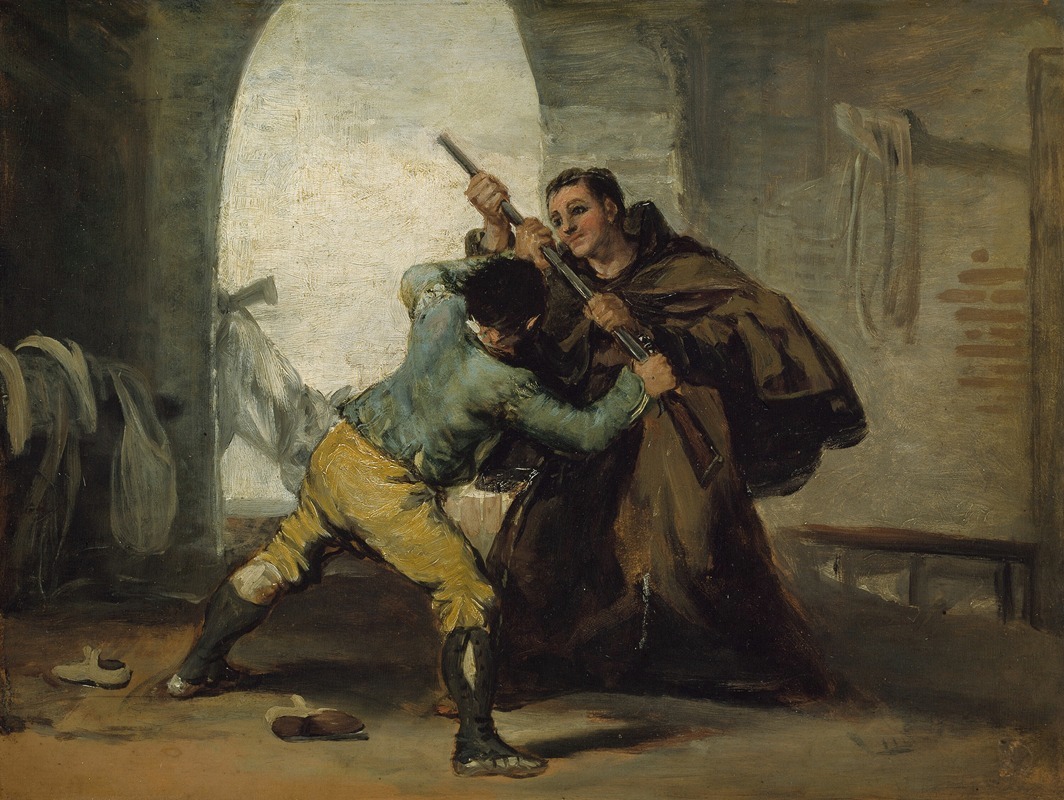
Friar Pedro Wrests the Gun from El Maragato
A hand-painted replica of Francisco de Goya’s masterpiece Friar Pedro Wrests the Gun from El Maragato, meticulously crafted by professional artists to capture the true essence of the original. Each piece is created with museum-quality canvas and rare mineral pigments, carefully painted by experienced artists with delicate brushstrokes and rich, layered colors to perfectly recreate the texture of the original artwork. Unlike machine-printed reproductions, this hand-painted version brings the painting to life, infused with the artist’s emotions and skill in every stroke. Whether for personal collection or home decoration, it instantly elevates the artistic atmosphere of any space.
"Friar Pedro Wrests the Gun from El Maragato" is an oil painting created by the renowned Spanish artist Francisco de Goya in 1806. This work is part of a series of paintings that Goya produced depicting scenes of banditry and heroism, reflecting the turbulent social and political climate of Spain during that period.
The painting illustrates a dramatic moment in which Friar Pedro de Zaldivia, a Capuchin monk, disarms the notorious bandit El Maragato. The scene is set in a dark, confined space, heightening the tension and drama of the encounter. Goya's use of chiaroscuro, the strong contrast between light and dark, emphasizes the intensity of the struggle and draws the viewer's attention to the central action.
In the composition, Friar Pedro is shown in the act of seizing the gun from El Maragato, who is depicted in a state of surprise and resistance. The friar's determined expression and physical exertion are captured with great realism, showcasing Goya's skill in portraying human emotion and movement. The bandit, on the other hand, is rendered with a mix of fear and aggression, highlighting the perilous nature of the confrontation.
Goya's choice of subject matter in this painting reflects his interest in the themes of violence, justice, and heroism. During the early 19th century, Spain was plagued by social unrest and banditry, and stories of heroic figures like Friar Pedro who stood up against criminals resonated with the public. This painting can be seen as a commentary on the moral and social issues of the time, as well as a celebration of individual bravery.
The painting is notable for its dynamic composition and the psychological depth of its characters. Goya's masterful use of light and shadow not only enhances the dramatic effect but also serves to highlight the moral contrast between the virtuous friar and the villainous bandit. The detailed rendering of the figures' expressions and gestures adds to the realism and emotional impact of the scene.
"Friar Pedro Wrests the Gun from El Maragato" is part of the collection at the Museo del Prado in Madrid, Spain. The museum houses an extensive collection of Goya's works, providing a comprehensive overview of his artistic development and the diverse themes he explored throughout his career.
Francisco de Goya (1746-1828) is considered one of the most important Spanish artists of the late 18th and early 19th centuries. His work spans a wide range of subjects, from portraits of the Spanish aristocracy to scenes of war and social commentary. Goya's innovative techniques and his ability to convey complex human emotions have earned him a lasting legacy in the history of art.
In summary, "Friar Pedro Wrests the Gun from El Maragato" is a powerful example of Goya's ability to capture dramatic moments and explore themes of heroism and morality. The painting's dynamic composition, realistic portrayal of human emotion, and use of chiaroscuro make it a significant work in Goya's oeuvre and a valuable piece of Spanish art history.





